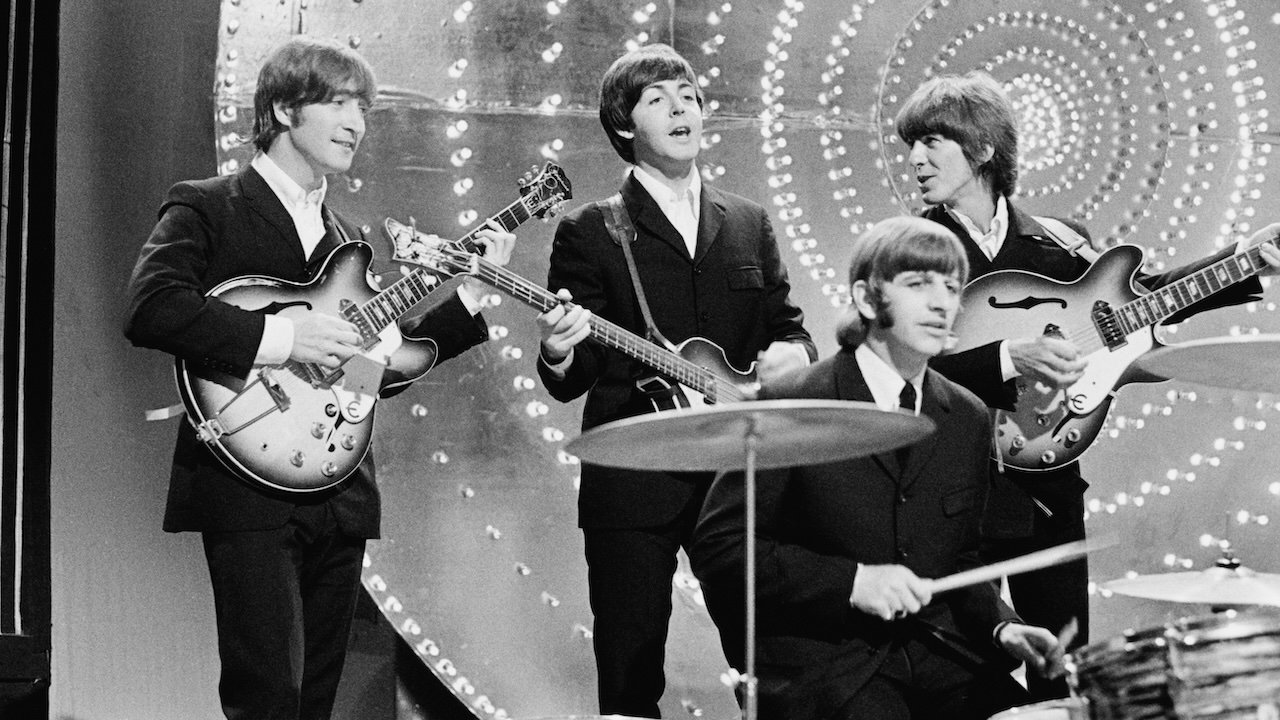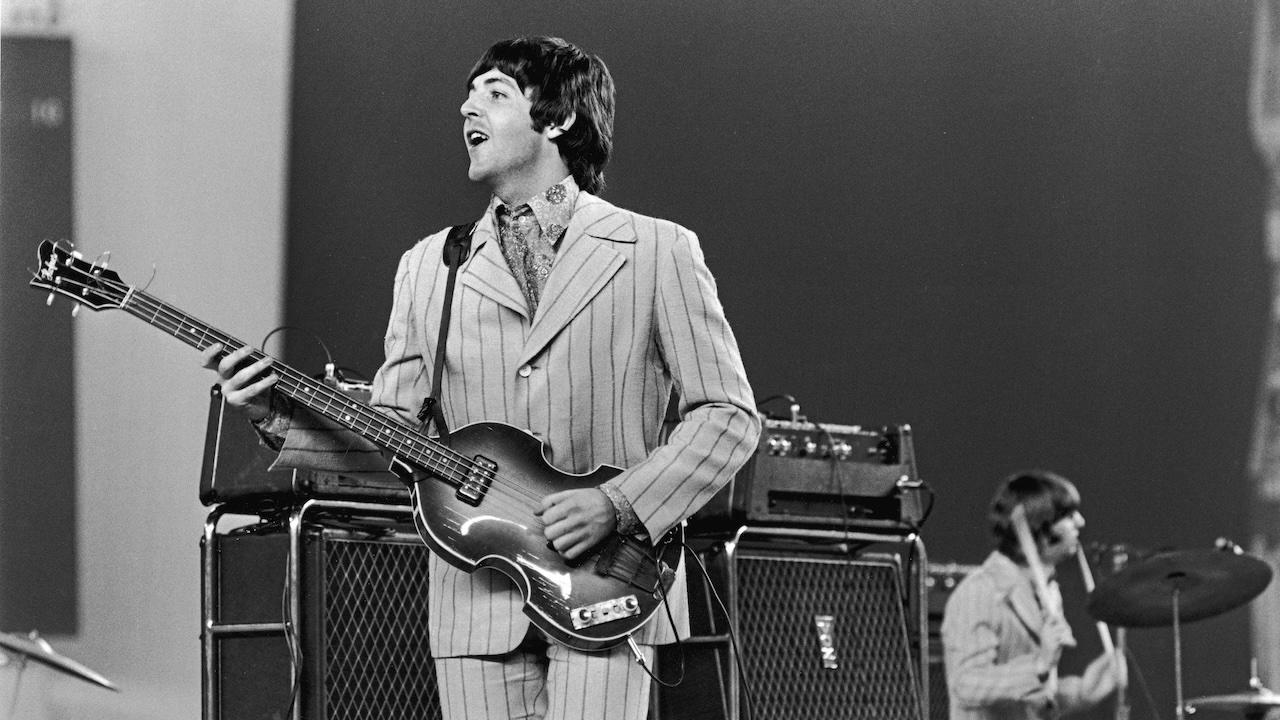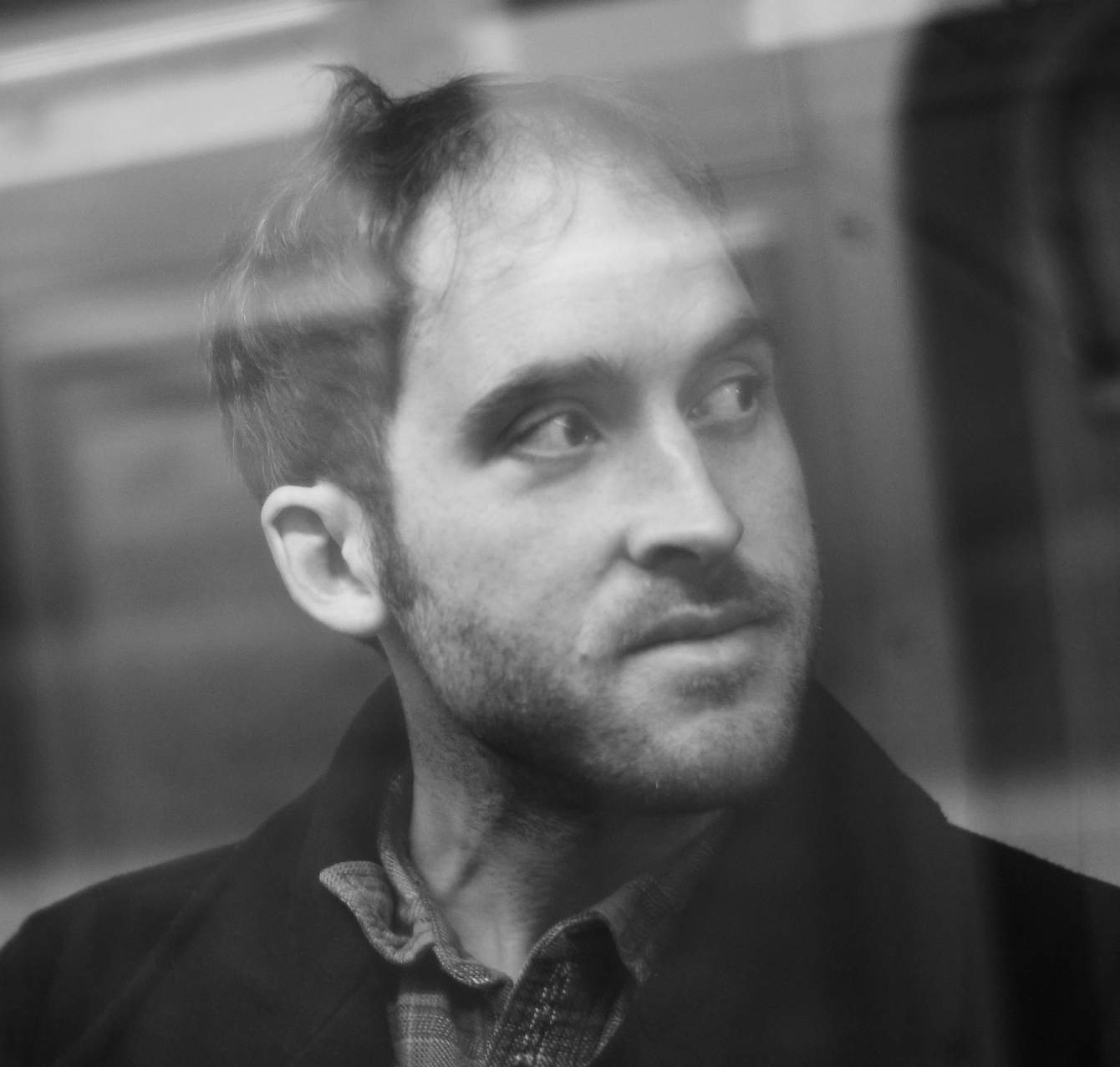“Paul was a guitarist who switched to bass because the group needed one, as this song proves”: Did Paul McCartney fumble a note on this classic Beatles bassline?
Recorded at Abbey Road Studios on October 16th, 1965, see if you can hear the bass glitch where McCartney “breaks” the main riff

Given the 143-song repertoire of the Fab Faux, his popular Beatles cover band, session bassist Will Lee is up-to-speed on the intricacies of Paul McCartney's playing style. So when we asked him to help us analyze a McCartney gem, he took some time to contemplate before choosing Day Tripper.
“The performance is a key page out of the history of Paul McCartney's development as a bassist,” Lee told Bass Player. “It shows how a great musical thinker arrives at a soulful, rockin' bass part on a Beatles classic.
“Paul was a guitarist who switched to bass because the group needed one, as this song proves, but within those confines he learned very quickly what a bass guitar does under a band, and how to control the whole song by playing notes other than the root. I think his knowledge of the guitar neck and inversions really helped him have fun on the bass.”

Lee provides some background on Day Tripper: “It was cut at Abbey Road Studios on October 16, 1965. Although the Beatles were recording Rubber Soul at the time, they created Day Tripper under the pressure of needing to put out a single – so it didn't appear on an LP until the summer of '66, when it showed up on the American Capitol release Yesterday and Today.”
After rehearsing it, the Beatles reportedly did three takes, with only the third running through to the end. Paul likely used his Rickenbacker 4001 with flatwound strings and a pick.
The song begins with the guitar playing the instantly recognizable main riff – said to be based on blues guitarist Bobby Parker's 1961 song Watch Your Step (later covered by the Spencer Davis Group). McCartney waits to make his bass entrance as the second instrument in the build up to the main groove.
Throughout the tune, McCartney keeps the energy in place by playing the E portion of the riff mid-neck, resisting the temptation to play it down an octave on the open E, which would have been easier to execute.
Get The Pick Newsletter
All the latest guitar news, interviews, lessons, reviews, deals and more, direct to your inbox!
“Perhaps the idea was to make the song more radio-friendly for AM stations, which were not able to transmit very low frequencies into car radios,” says Lee. “Listen for how he subtly alters the riff's high point – the F#, or 9th of the chord – by either sliding into or off of it, and by varying the note's duration.
“As we reach the first chorus, Paul plays a cool arpeggiated line that incorporates such melodic color tones as the 6th and 7th. Rhythmically, it reminds me of Wilson Pickett's Midnight Hour.”

Six bars into the chorus, McCartney makes it down to G# on the E string, the lowest note on the track. Then, instead of laying out as he did in the intro, he joins the guitar to double the riff, which serves as the transition to the second verse. See if you can hear the bass glitch at 01:04, where he breaks the pattern.
“For the second chorus Paul changes things up, spinning a Little Richard-type of line that by itself is a strong sub-hook. This is followed by the bridge – or the middle eight, as the English call it, whether it's eight bars or not!”
Playing all pedal-tone B's on the V chord, McCartney builds the line with four different rhythmic variations, as the vocals climb and lead into the guitar solo. Check out the dotted notes that McCartney purposely shortens during the solo's first four bars.
“The straight eighth-notes are probably not shortened, but they sound punchy due to his flatwound strings.”
You can revisit the isolated rhythm track below.
The third chorus is a recapitulation of what McCartney played in the first chorus, which he did a lot in Beatles songs. He also recaps the intro by laying out in bars 79 and 80. Six bars later is the outro.
“Paul really messes around with his part as the track fades. It gives the feeling that they're riding off into the sunset – that they're going to jam on the tune forever!
“When we play the song in Fab Faux, I listen to the drums and focus on the amount of swing in the part created by the kick and snare accents. If you don't have flatwounds or a pick, be prepared to do some muting!”

Nick Wells was the Editor of Bass Guitar magazine from 2009 to 2011, before making strides into the world of Artist Relations with Sheldon Dingwall and Dingwall Guitars. He's also the producer of bass-centric documentaries, Walking the Changes and Beneath the Bassline, as well as Production Manager and Artist Liaison for ScottsBassLessons. In his free time, you'll find him jumping around his bedroom to Kool & The Gang while hammering the life out of his P-Bass.
“I asked him to get me four bass strings because I only had a $29 guitar from Sears”: Bootsy Collins is one of the all-time bass greats, but he started out on guitar. Here’s the sole reason why he switched
“I got that bass for $50 off this coke dealer. I don’t know what Jaco did to it, but he totally messed up the insides!” How Cro-Mags’ Harley Flanagan went from buying a Jaco Pastorius bass on the street to fronting one of hardcore’s most influential bands











